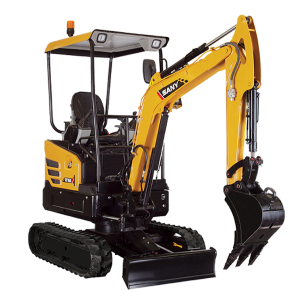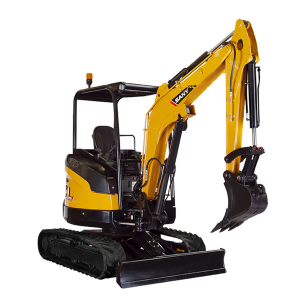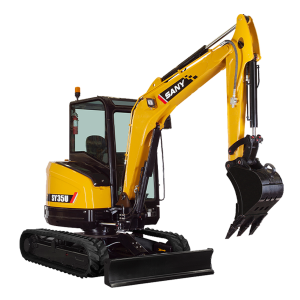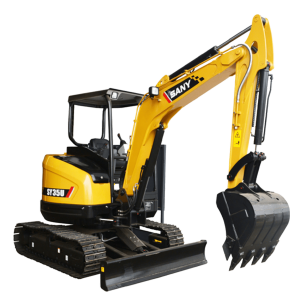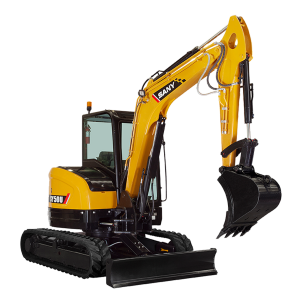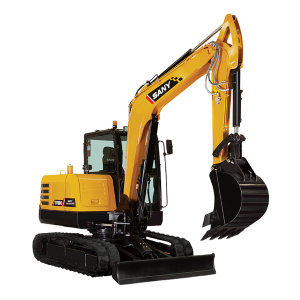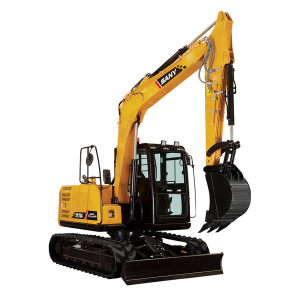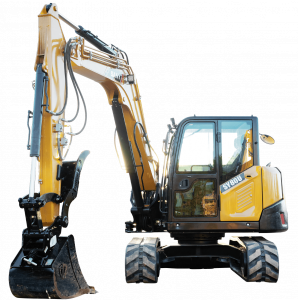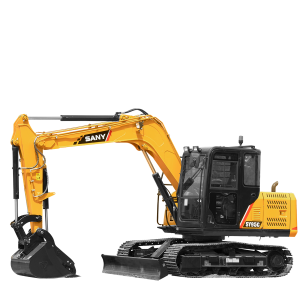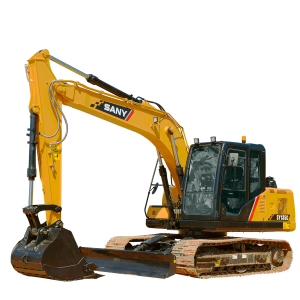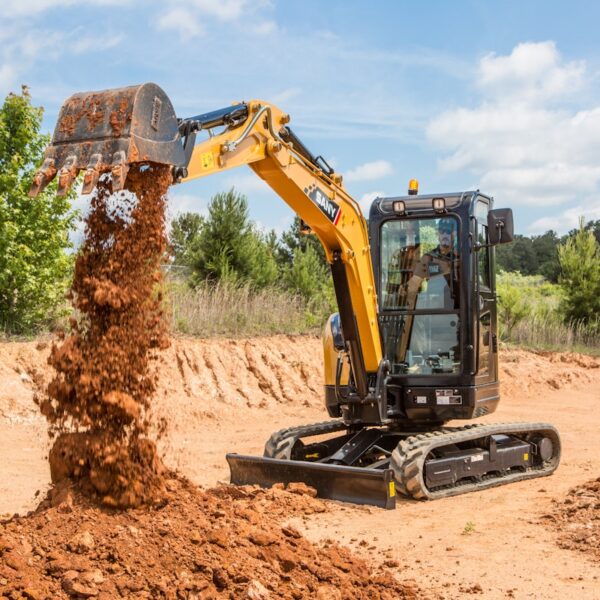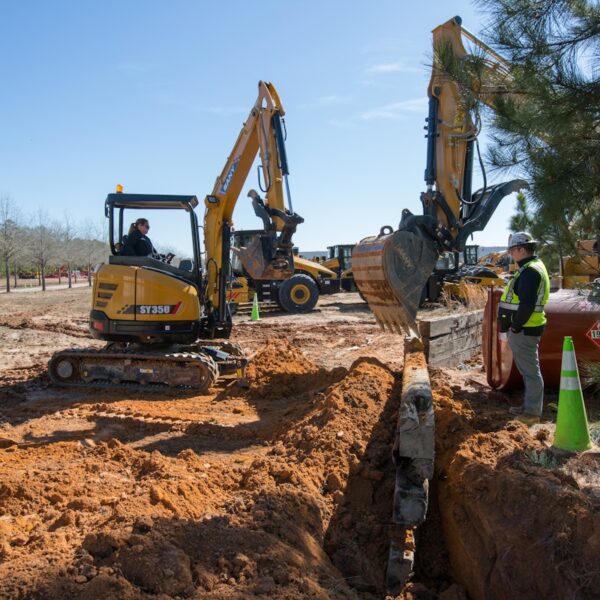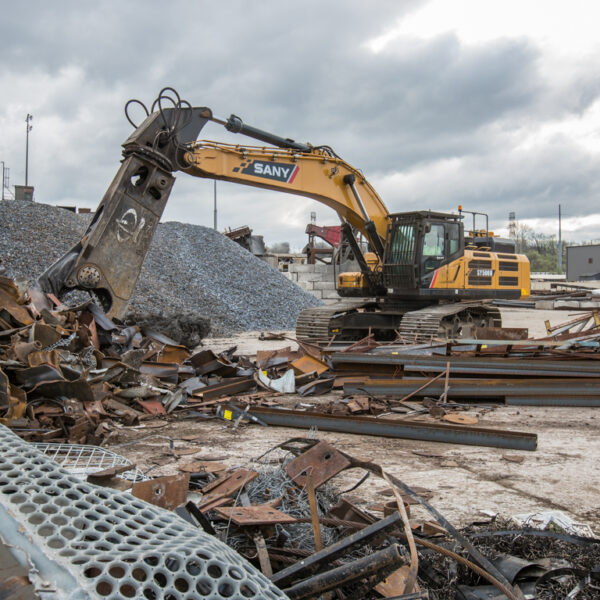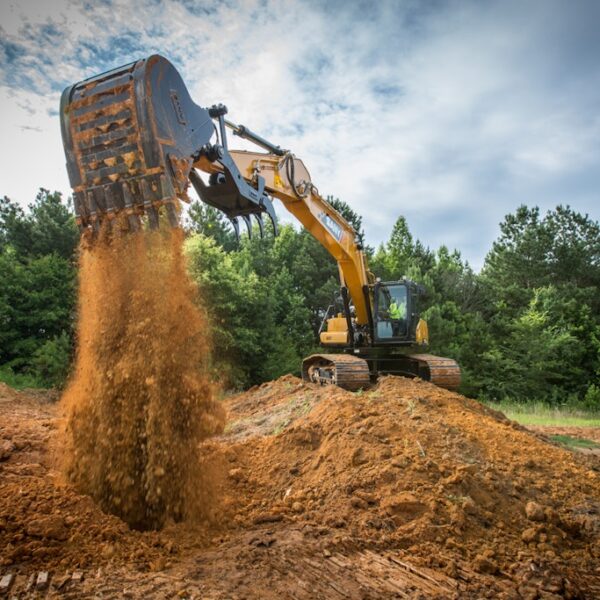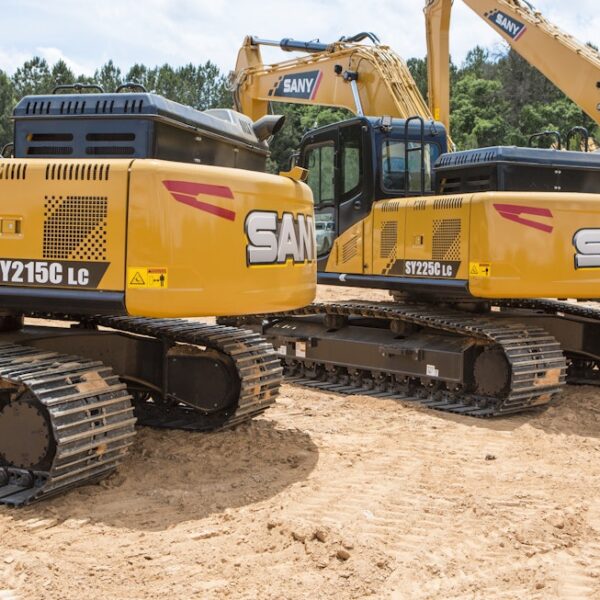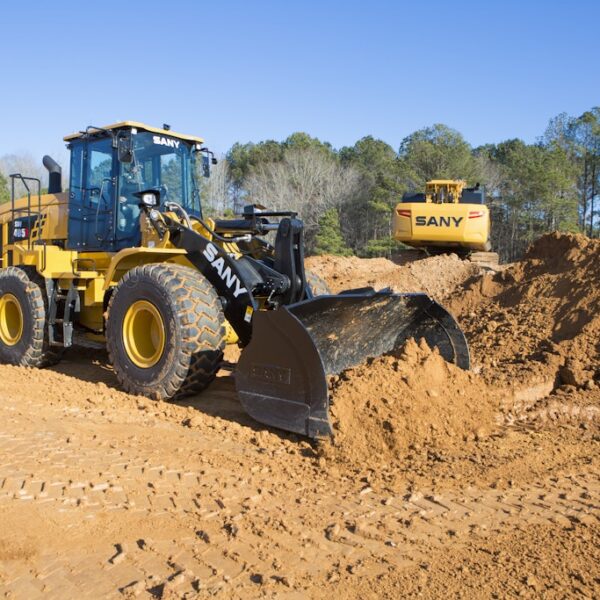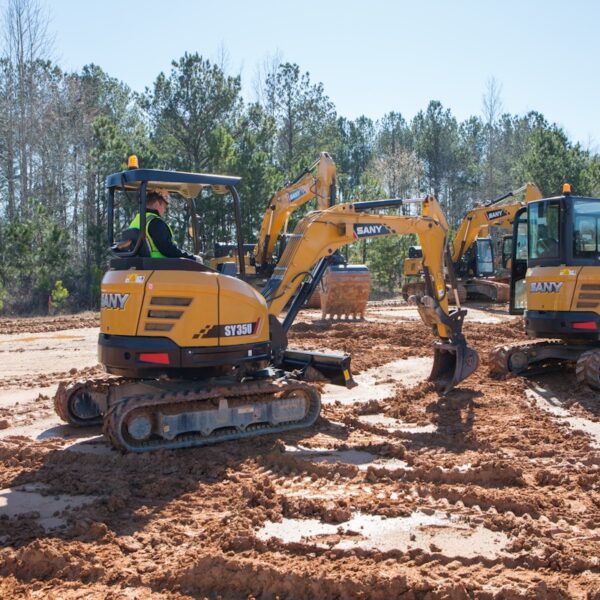It’s winter, officially, and we can expect at least a few more months of cold, ice and snow. While it would be nice to spend the whole season inside wrapped up in blankets and drinking hot cocoa, construction doesn’t stop for the whole winter. Just like with nearly every project done during a weather event, budgets are drawn up, timelines are made and the snow – er, show – must go on!
Nobody said it would be easy. The fact is that working in winter weather presents several unique challenges. But just like any challenge, they can be overcome.
What makes winter weather so difficult to work in?
If you’ve ever gone for a long winter walk, you know the answer to this question. Just like with hot weather, if you’re not adequately prepared for the cold, you will be in for a rough time. Working in cold conditions can cause circulation issues, as the cold causes blood vessels to contract and become less effective at delivering oxygen to the extremities. This can cause hypothermia and even frostbite, which can require hospitalization and lifelong damage if not treated properly.
That’s not all though. With the presence of snow and ice comes the risk of accidents. If adequate precautions aren’t taken, people working in rainy or damp, snowy conditions can even develop trench foot. That’s right: It’s not just for trench warfare anymore. Although it’s easily treated, trench foot does require time off, causing costly delays. There’s also the issue of the typical winter illnesses, like the common cold and the flu, which can cause further delays.
Wait, there’s more?!
It’s bad enough that people don’t want to work in the cold, but when the building materials themselves don’t want to work, that’s a new level of frustration. Because they have a high water content, bonding agents like mortar, grout and concrete can take longer to dry, and the finished product is often weaker as a result. The same can happen with drywall, creating a cracked and uneven surface.
Depending on how cold it gets near you, earthmoving can become a huge headache, too. Need to dig out a foundation or do some grading? If your soil tends to have a high water content, subgrade ice, also known as frost heave, could threaten the stability of the foundation come the spring thaw. To be sure, none of these problems are insurmountable, but they can be troublesome if not accounted for in the early stages of development.
How can you avoid the pitfalls of working in winter weather?
Everything starts in the planning! Nobody likes surprises, so if you’re able to account for the issues we’ve outlined here in terms of planning and budgeting, you’ll be grateful you did. If you have to work with concrete, you can mix it with hot water to ward off unwanted freezing, and you can use heaters to warm the ground before you pour. There are also cold-weather materials, like dry mortar, that can be used as an alternative. As always, assiduous inspections will keep your folks safe and prevent having to repeat processes.
Luckily, helping your employees deal with the cold isn’t nearly as difficult. Make sure that everyone has adequate winter clothing, including jackets, hats, gloves, socks and footwear (remember trench foot?), in addition to their safety gear. You can set up warming stations and encourage your workers to take advantage when possible. Encouraging your folks to wear PPE can cut down on the spread of winter bugs and clearing working areas of ice and snow will go a long way toward cutting down on workplace accidents.
If you’re thinking that this is all more trouble than it’s worth, that’s completely fair – working outside during the winter is hard, and it’s not for everyone. If this sounds like you, you could always look into alternative income streams that completely sidestep all of these issues. Interior remodeling, HVAC, even shoveling snow – all are great ways to keep your business afloat during the colder seasons.
Is it possible to work construction during the winter?
Ultimately, yes, it is very possible if you’re willing to plan ahead and be prepared. Working construction in the winter may be difficult, but the strategies we’ve given you here will help make things a little easier. Until things warm up again, we wish you the best of luck in the winter construction season.
